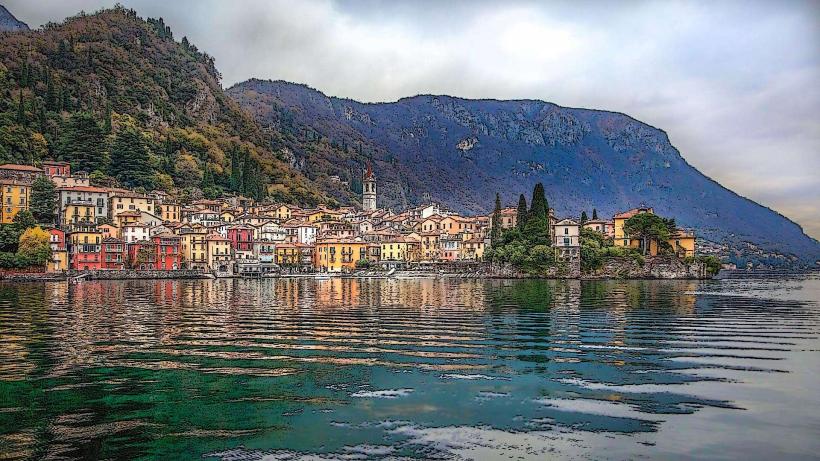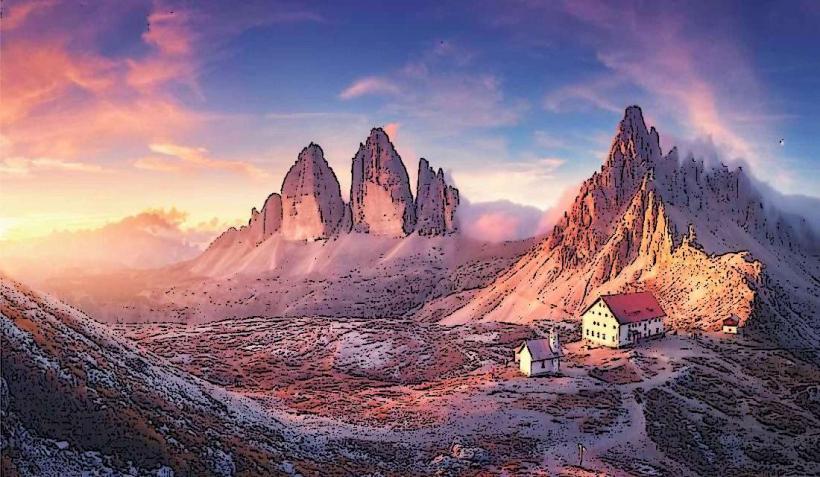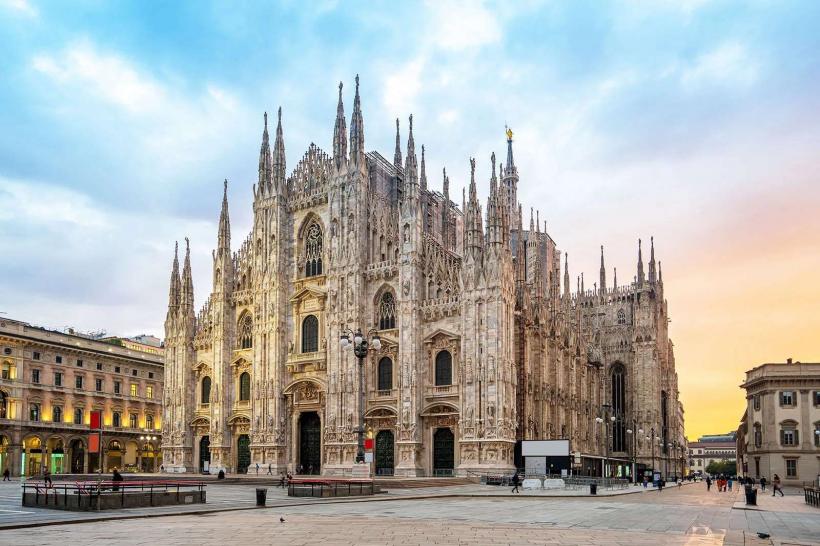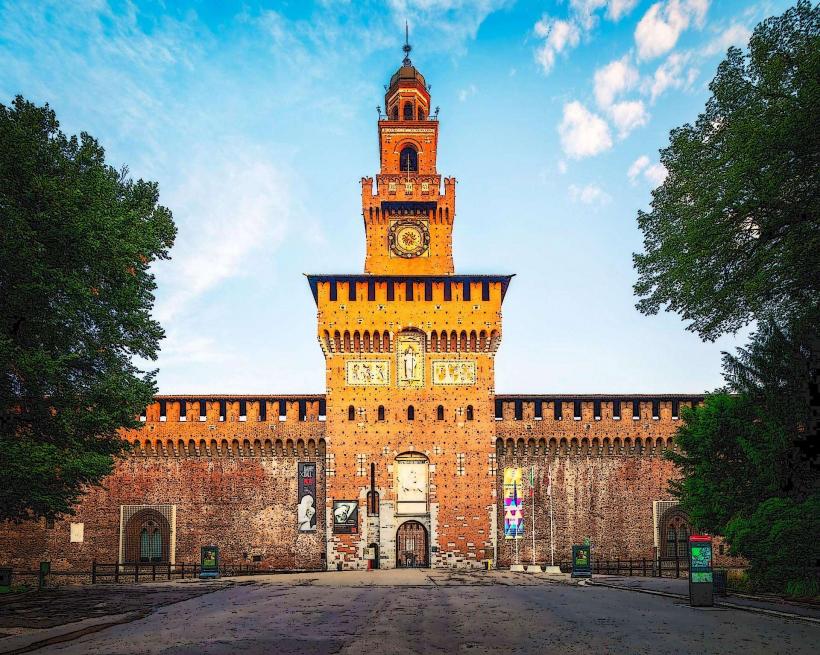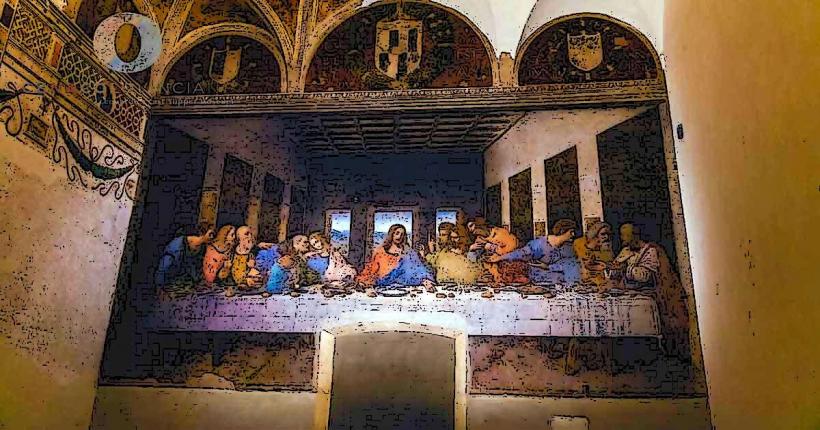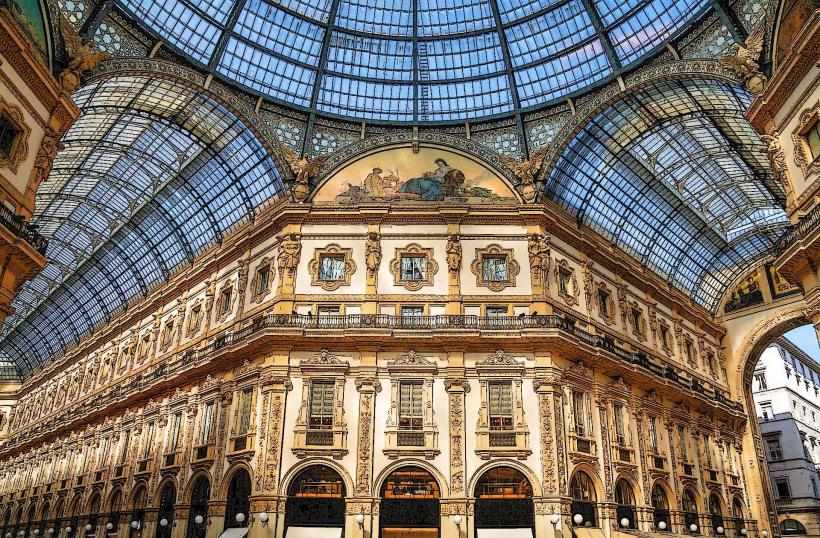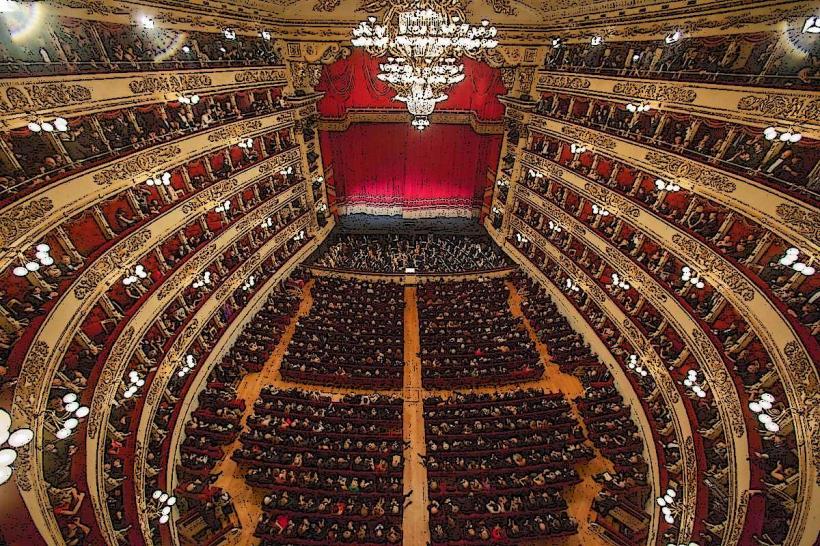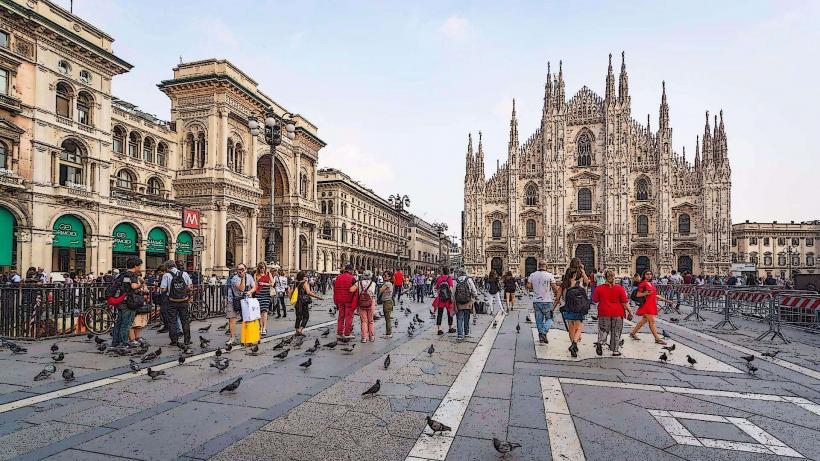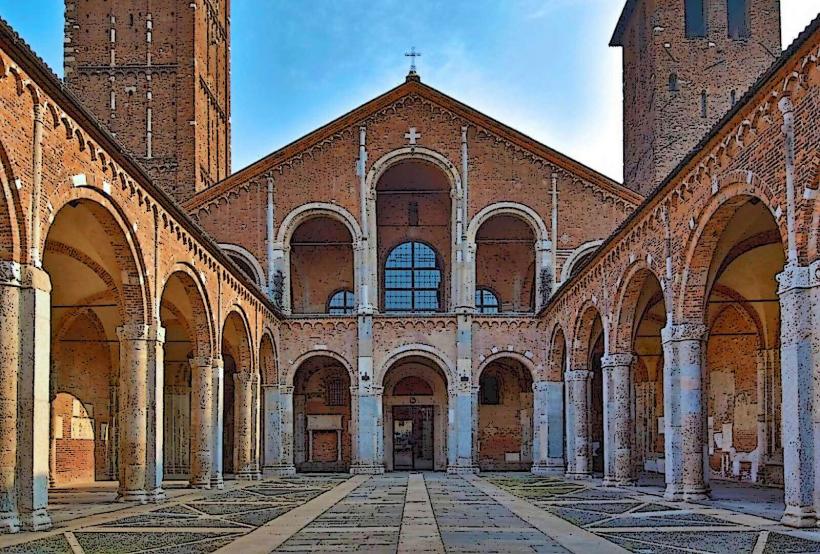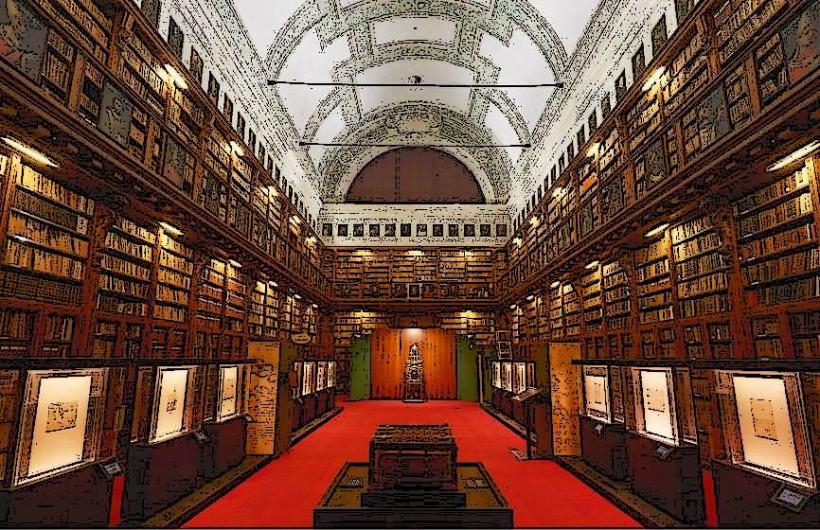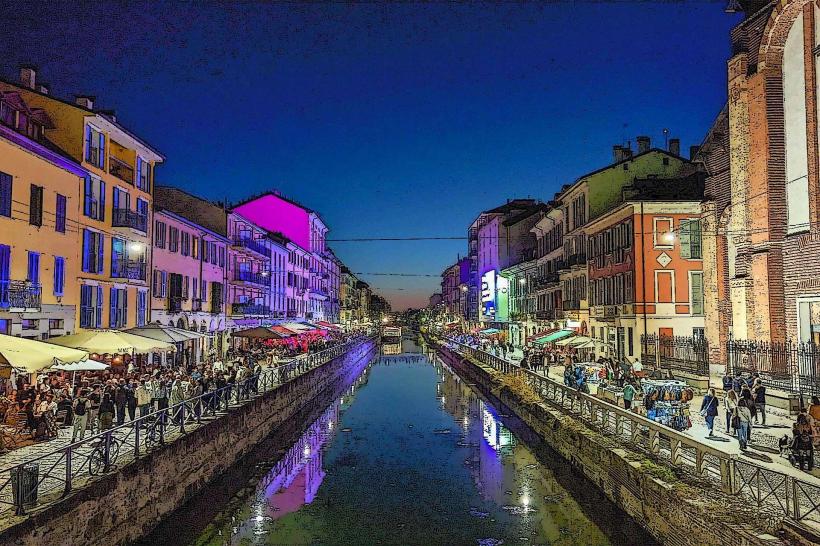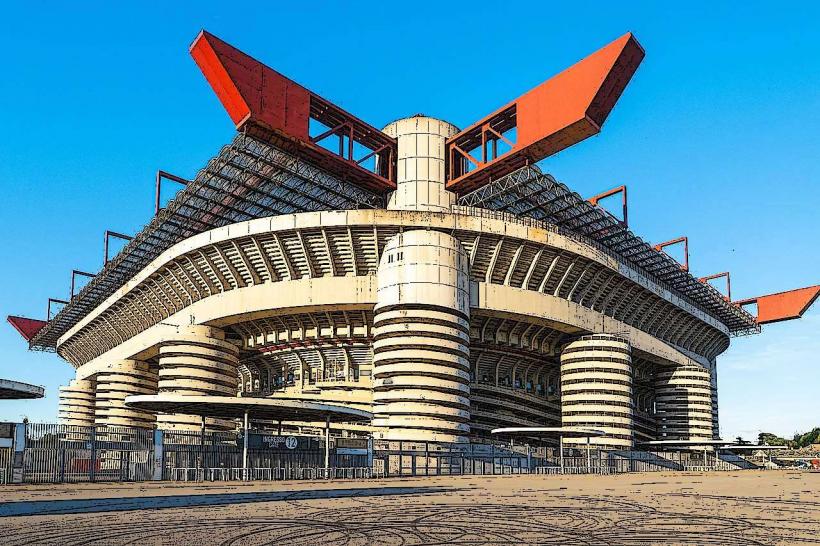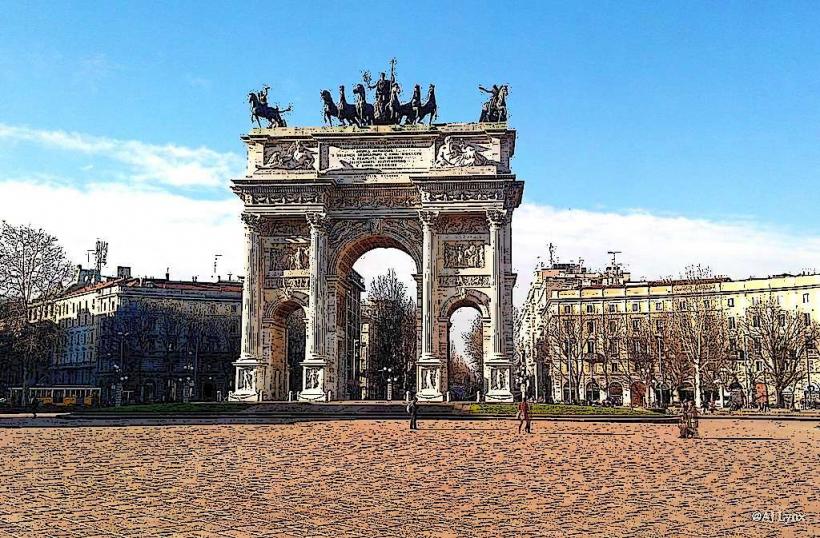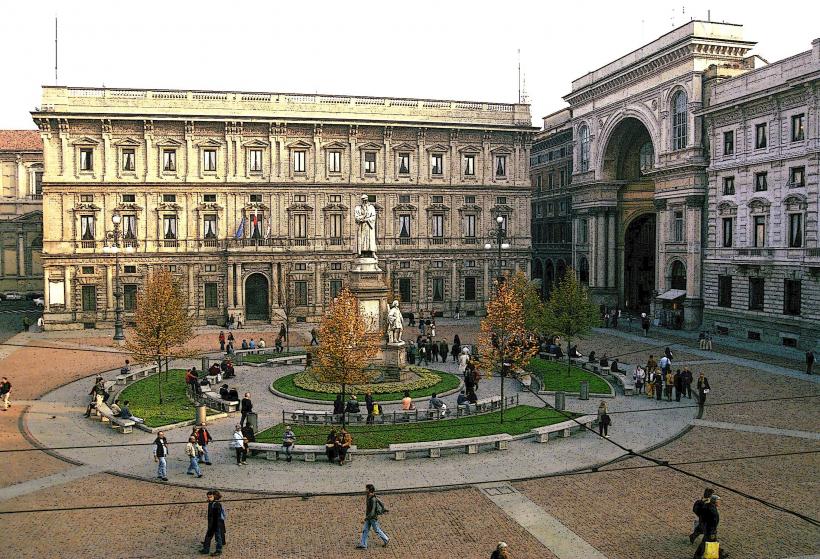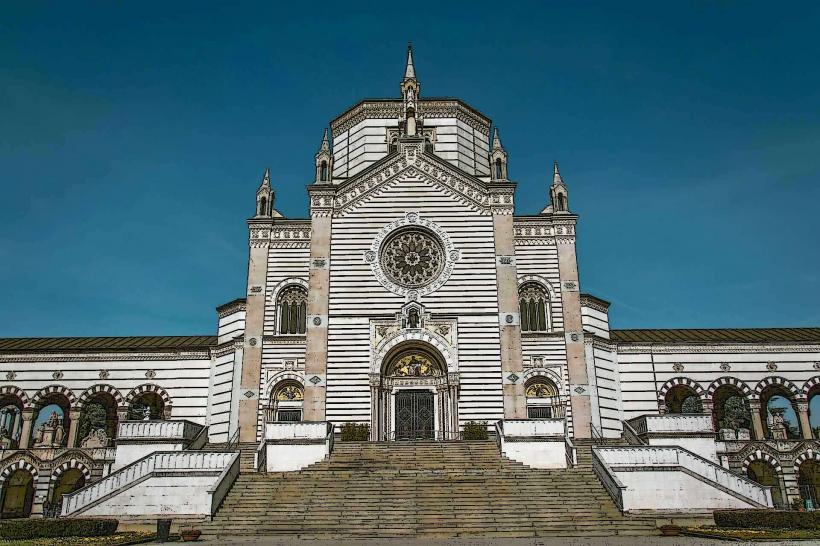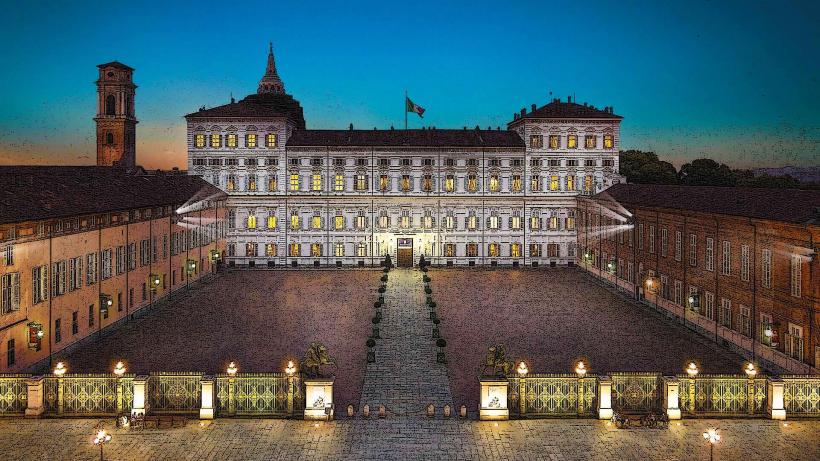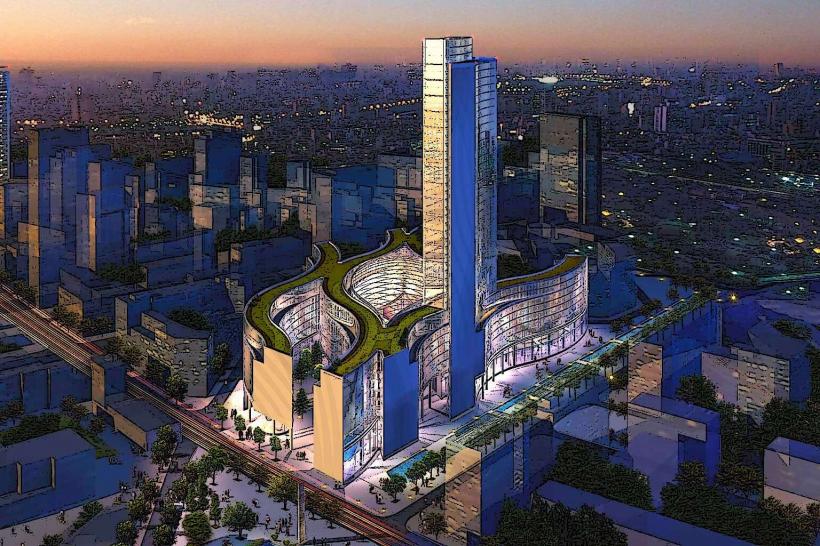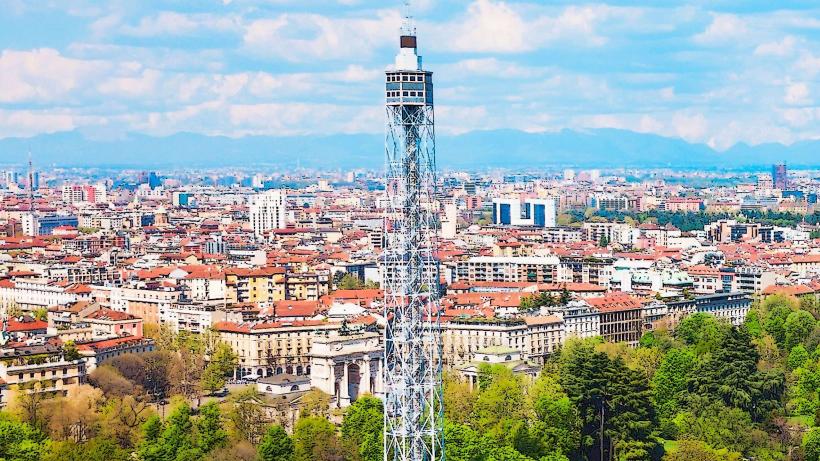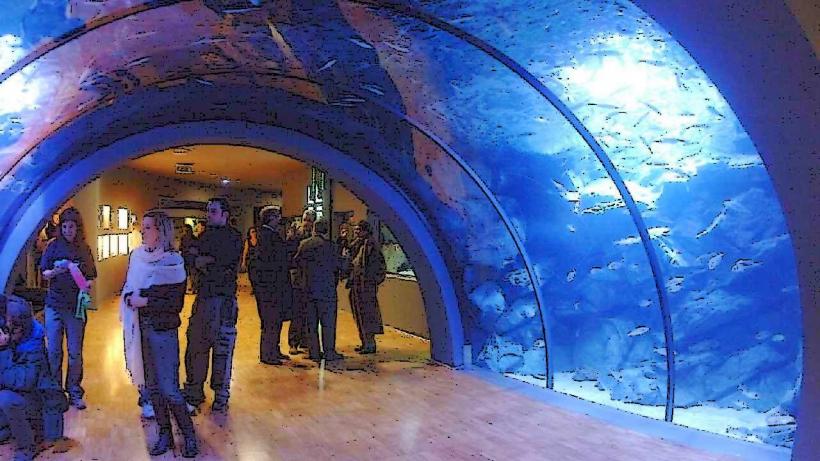Information
Landmark: Museo del NovecentoCity: Milan
Country: Italy
Continent: Europe
The Museo del Novecento (Museum of the 20th Century) in Milan is a prominent art museum dedicated to showcasing modern and contemporary Italian art from the 20th century. Located in the Piazza del Duomo, it offers a comprehensive look at the evolution of Italian art throughout the modern era, from the early 1900s to the present day.
1. History and Origins
- Opening: The museum opened in 2010 and is housed in the Palazzo dell'Arengario, a historic building in the heart of Milan. The Palazzo dell'Arengario was originally constructed in the 1930s, and its neoclassical design was later adapted to accommodate the museum.
- Purpose: The museum was created with the aim of providing a space to showcase Italy’s rich modern artistic heritage, highlighting movements and figures that shaped Italian art in the 20th century. Its collection includes works of painting, sculpture, and multimedia art.
- Renovation: Before the museum’s opening, the Palazzo dell'Arengario underwent significant renovations to transform it into a modern art museum, while preserving its historical elements. The museum was designed by Italo Rota, and the goal was to create an intimate yet dynamic space for displaying both well-known and lesser-known works of art.
2. Architecture
- Palazzo dell'Arengario: The museum is housed in the Palazzo dell'Arengario, a striking building with neoclassical features, such as large columns, arches, and decorative friezes. Originally built as the town hall of Milan, the Palazzo was designed by Giuseppe Mengoni in the 1930s. Its transformation into a museum added a contemporary flair to the space, combining historic architecture with modern museum design.
- Modern Additions: The interior of the museum features sleek, minimalist design elements that contrast with the historical façade of the Palazzo. The layout is open and airy, allowing visitors to explore the exhibits in a spacious environment. The museum has a rooftop terrace that offers breathtaking views of the Duomo di Milano and the surrounding cityscape, providing a memorable experience for visitors.
3. The Collection
The Museo del Novecento has a rich and diverse collection that spans various artistic movements and reflects Italy's artistic evolution over the course of the 20th century. The collection is divided into thematic sections that showcase the major currents of modern art and the works of important Italian artists.
- Futurism: The museum features a significant collection of Futurist art, a movement that emerged in Italy in the early 20th century. Giacomo Balla, Umberto Boccioni, and Carlo Carrà are among the key figures of this movement, and their works highlight themes of speed, technology, and the dynamism of modern life.
- Metaphysical Painting: This movement, led by Giorgio de Chirico and Carlo Carrà, is also well-represented in the museum. Their works explore dreamlike, surreal depictions of urban spaces and enigmatic landscapes.
- Abstract Art: The collection includes works by notable abstract artists such as Lucio Fontana and Piero Manzoni, whose innovative approaches to form and color pushed the boundaries of traditional painting.
- Arte Povera: The museum also showcases works from the Arte Povera movement, which emerged in the 1960s. Artists like Michelangelo Pistoletto and Alighiero Boetti explored the use of everyday materials in art, challenging conventions and creating thought-provoking works that address social and political issues.
- Conceptual and Multimedia Art: The museum has expanded its focus to include contemporary practices, featuring installations, videos, and multimedia works by contemporary Italian and international artists. The evolving collection reflects the dynamic and ever-changing nature of 21st-century art.
4. Key Artists Featured
The Museo del Novecento is home to many important works by renowned Italian artists, including:
- Giacomo Balla: Known for his role in the Futurist movement, his works like "Dynamism of a Dog on a Leash" are essential to the museum's collection.
- Umberto Boccioni: One of the most significant Futurist painters and sculptors, his works such as "The City Rises" are showcased in the museum.
- Giorgio de Chirico: Famous for his metaphysical painting style, de Chirico’s haunting, surreal depictions of empty cityscapes are a highlight.
- Lucio Fontana: Known for his "Tagli" (cuts) and experiments with space and material, Fontana’s work is a key part of the museum’s abstract art collection.
- Piero Manzoni: His iconic works, such as "Merda d'Artista" (Artist's Shit), are part of the collection and reflect the controversial nature of his conceptual work.
- Michelangelo Pistoletto: A leader in the Arte Povera movement, Pistoletto’s reflective mirror paintings and installations are featured in the museum.
- Alighiero Boetti: Known for his use of textile-based artworks, Boetti’s works exploring themes of order and disorder are represented.
5. Exhibitions and Cultural Events
- Temporary Exhibitions: In addition to its permanent collection, the Museo del Novecento hosts temporary exhibitions that focus on various aspects of 20th- and 21st-century art. These exhibitions explore a wide range of themes, including experimental art, international movements, and innovative contemporary practices.
- Collaborations: The museum regularly collaborates with other cultural institutions and galleries in Italy and abroad, enriching its exhibitions and offering fresh perspectives on modern art.
- Public Programs and Education: The museum is also a center for cultural and educational activities, offering workshops, lectures, and guided tours to engage visitors of all ages with the art and themes presented.
6. Visiting the Museum
- Location: The museum is located in Piazza del Duomo, making it easily accessible for visitors to Milan’s historic center. It’s close to other major landmarks, such as the Duomo di Milano, the Galleria Vittorio Emanuele II, and the Piazza della Scala.
- Opening Hours: The museum is typically open Tuesday through Sunday, with Mondays closed. Visitors can check the museum's website for up-to-date hours, including any special events or holiday closures.
- Admission: Admission fees vary depending on exhibitions and visitor categories (e.g., students, seniors), but there are often discounts or free admission days. The museum offers guided tours in multiple languages to enhance the visitor experience.
7. Conclusion
The Museo del Novecento is a vital part of Milan’s cultural landscape, offering a deep dive into the rich history of modern Italian art. With its impressive collection of paintings, sculptures, and multimedia works, the museum provides an essential resource for understanding the artistic movements that have shaped Italy in the 20th century. Whether you're an art enthusiast or simply curious about the evolution of modern art, the museum offers a captivating journey through Italy's vibrant artistic past and present.

